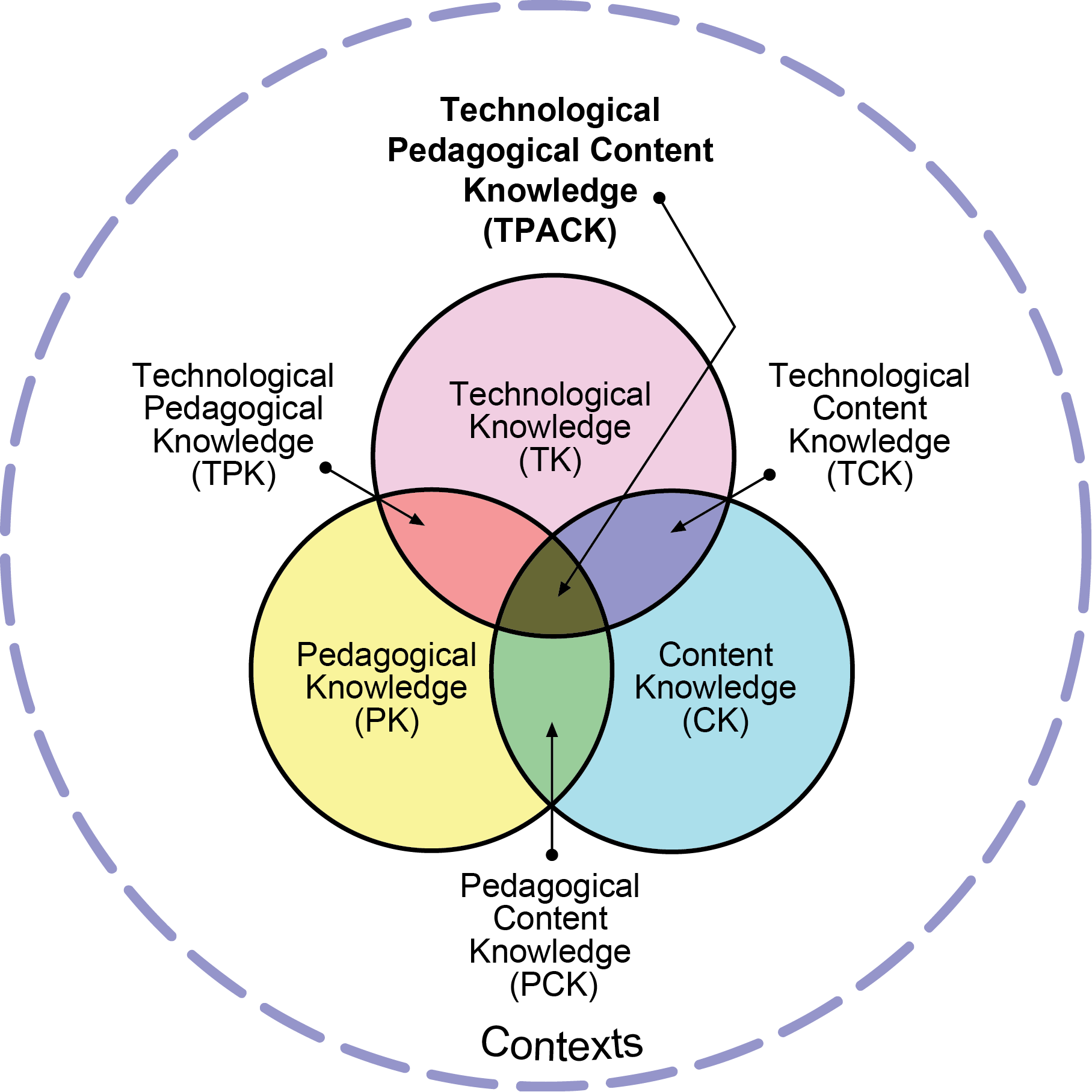Chatbots and Artificial Intelligence (UBC – ETEC 565M)
Course: ETEC 565M
Audience: MET Students, General Audience
The main group project in the ETEC 565M course was the production of an OER dealing with Digital Assistants and AI. One of our aims was to identify ways in which artificial intelligence was quickly becoming part of our daily lives, as well as some of the directions it could take in the future. This included assisting us in educational settings as well.
One of the components of this OER was a chatbot capable interacting with users in a fairly natural way. It was meant as a demonstration of what current tools are already capable of with a relatively short time investment. I also was able to use it to demonstrate the concept of machine learning to the OER’s visitors and explain how such tools work behind the scenes.
http://etec565m.lrnbl.com/training-results/
Along with the chatbot, I also developed a series of videos which introduce some of the basic concepts behind digital assistants, chatbots and artificial intelligence.
I really enjoyed this project, it allowed me to “dive deeply” into my subject matter and really explore something new.
In terms of presentation of the learning materials, I wanted to make the learning resource purposefully interactive. This is based on my experience with my OER in ETEC522, where my partner and I decided to design the interactive components of the site so that besides a discussion, we would also be able to generate data that was useful to us in the preparation of our final report – we weren’t trying to just stimulate discussion for discussion’s sake. Similarly, in this case, the interactive component had a specific purpose – to directly demonstrate machine learning to our visitors and to give them an idea of what goes on “behind-the-scenes” in the process.
When I evaluate the materials I produced for this OER, I can identify several strengths:
- The presence of the chatbot and the “assignment” made the whole OER more interactive
- The exercise dealing with training a chatbot provided a hands-on experience for our visitors (experiential learning)
- The inclusion of comment fields promoted interaction with the instructor
- Use of video provided a visual presentation of content which would have been dense and likely less accessible if presented in a text format.
I also explored a new way designing powerpoint slides – the slides in these videos are a lot more visual and contain much less text than I would normally use. This reduces cognitive load (Mayer, 2014) and allows the slides to support the narration instead of just duplicating it; this is in line with Mayer’s “redundancy principle” (Mayer, 2014).


